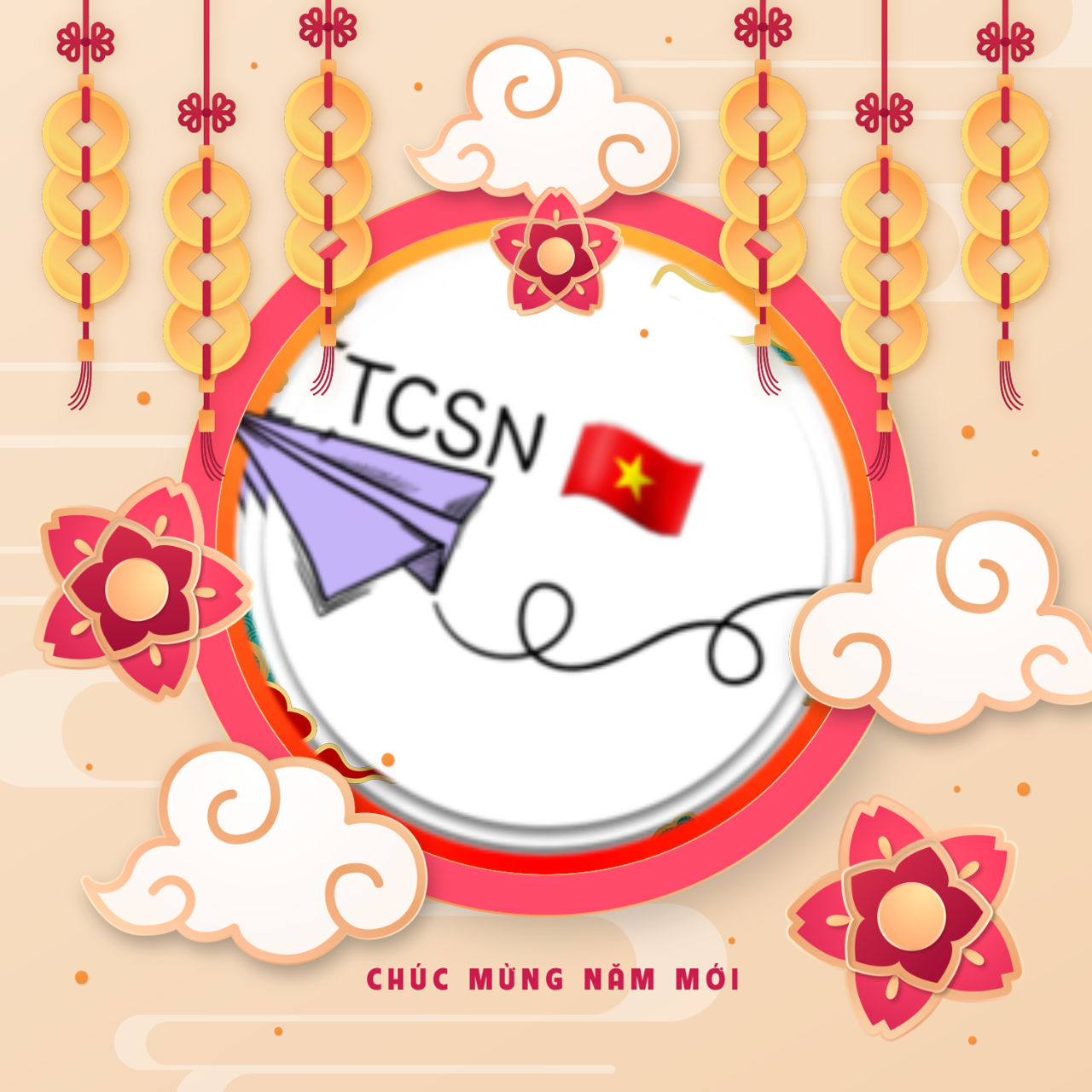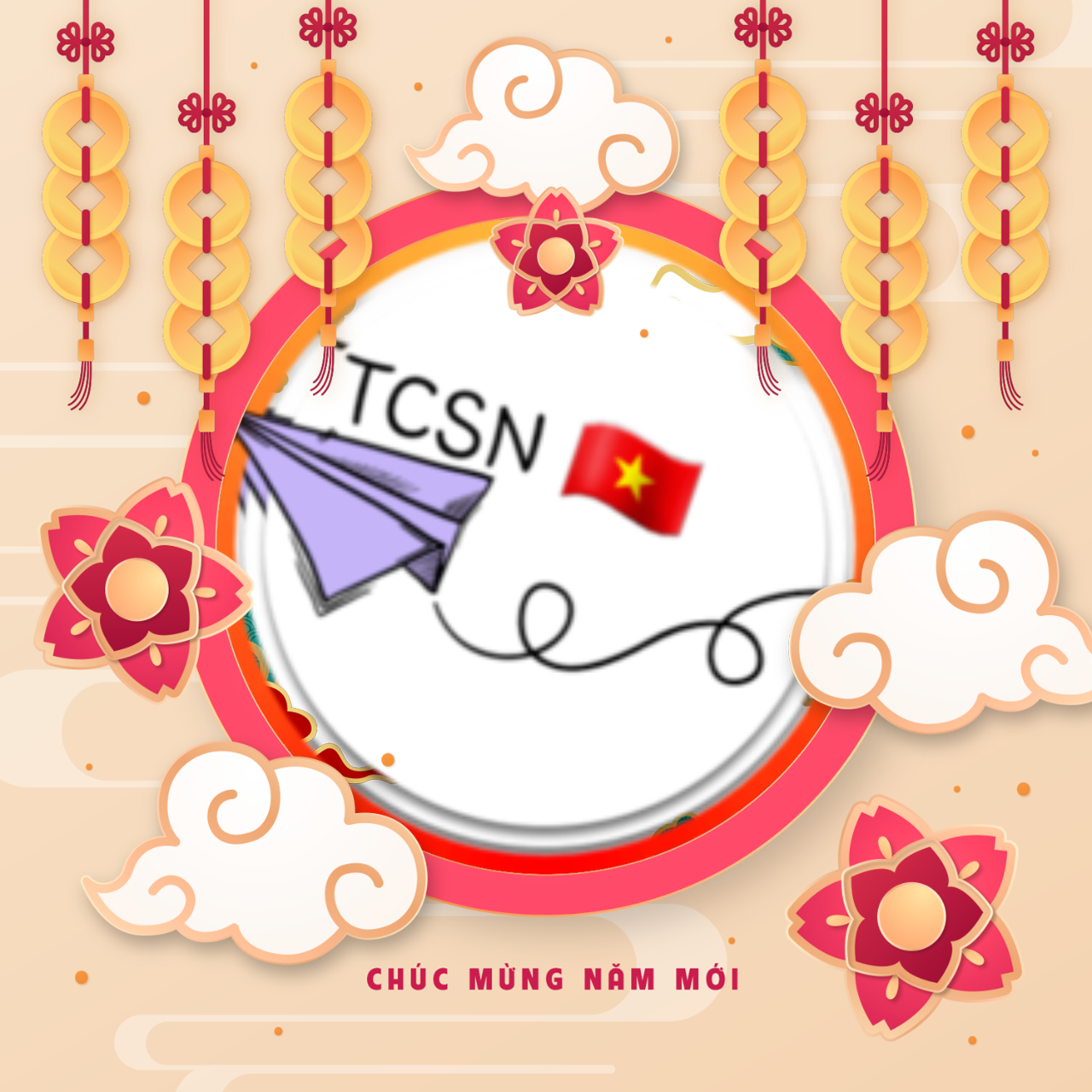In the fields of biochemistry and molecular biology, the quest for efficient and effective labeling, imaging, and tracking of biomolecules has led to significant advancements in research methodologies. Among these innovations, cyanine dyes and click chemistry stand out as two powerful tools. This article delves into the unique properties of cyanine dyes, particularly cyanine 5, and explores how their integration with click-and-go-click chemistry methodologies enhances biochemical applications.
Understanding Cyanine Dyes
Cyanine dyes are organic compounds known for their outstanding photostability and high molar absorptivity, making them invaluable in fluorescence microscopy, flow cytometry, and various imaging techniques. These dyes typically feature a polymethine chain that varies in length, resulting in distinct spectral properties. Among these, cyanine 5 (Cy5) has become one of the most widely used labels due to its strong fluorescence in the near-infrared (NIR) range, which is particularly advantageous for biological imaging applications.
Cyanine 5's unique properties allow for deep tissue penetration and minimal background interference, making it ideal for in vivo imaging studies. Its high quantum yield enables sensitive detection of biomolecules, providing researchers with a powerful tool for tracking cellular processes and studying complex molecular interactions.
The Role of Click Chemistry
Click chemistry refers to a set of chemical reactions that allow for the rapid and selective coupling of small molecules to form larger, more complex structures. The term "click" highlights the precision and ease of these reactions, which are often characterized by their high yield and robustness under various conditions.
A prominent example of click chemistry is the Cu(I)-catalyzed azide-alkyne cycloaddition (AAC). This reaction has gained immense popularity due to its reliability and efficiency. By utilizing "click and go click chemistry," researchers can swiftly create bioconjugates without the need for extensive purification steps, greatly accelerating the pace of their experiments.
Coupling Cyanine Dyes with Click Chemistry
The integration of cyanine dyes with click chemistry enables novel applications that were previously challenging to achieve. For example, researchers can utilize click chemistry to conjugate cyanine 5 to biomolecules such as proteins, nucleic acids, and antibodies. This coupling is invaluable in creating fluorescent probes for tracking molecular interactions and cellular dynamics in real time.
By employing click-and-go-click chemistry, the process of linking cyanine 5 to target biomolecules becomes streamlined. The specificity of click reactions reduces the chances of non-specific labeling, leading to more accurate results in imaging assays. Furthermore, the compatibility of this methodology with existing bioconjugation techniques allows researchers to tailor their experiments to a wide range of applications, from drug discovery to diagnostic imaging.
The Future of Cyanine and Click Chemistry
As the fields of bio-imaging and biomolecular research continue to advance, the role of cyanine dyes and click chemistry will undoubtedly expand. The development of new click chemistry reagents and improved cyanine dye formulations holds the potential to unveil new avenues in bioconjugation and molecular imaging.
Innovative strategies, such as the use of multiple cyanine dyes with varying spectra, combined with click chemistry, could lead to enhanced multiplexing capabilities. This would allow researchers to track multiple cellular processes simultaneously, providing a comprehensive view of biological phenomena in real time.
Conclusion
The combination of cyanine dyes and click-and-go-click chemistry presents an exciting frontier in the realm of biochemical research. With their unique properties and the ability to streamline conjugation processes, these tools provide researchers with unprecedented capabilities in molecular imaging and biomolecule tracking. As scientific exploration continues, the synergy between cyanine dyes, particularly cyanine 5, and click chemistry is set to unlock discoveries and applications across various fields.




